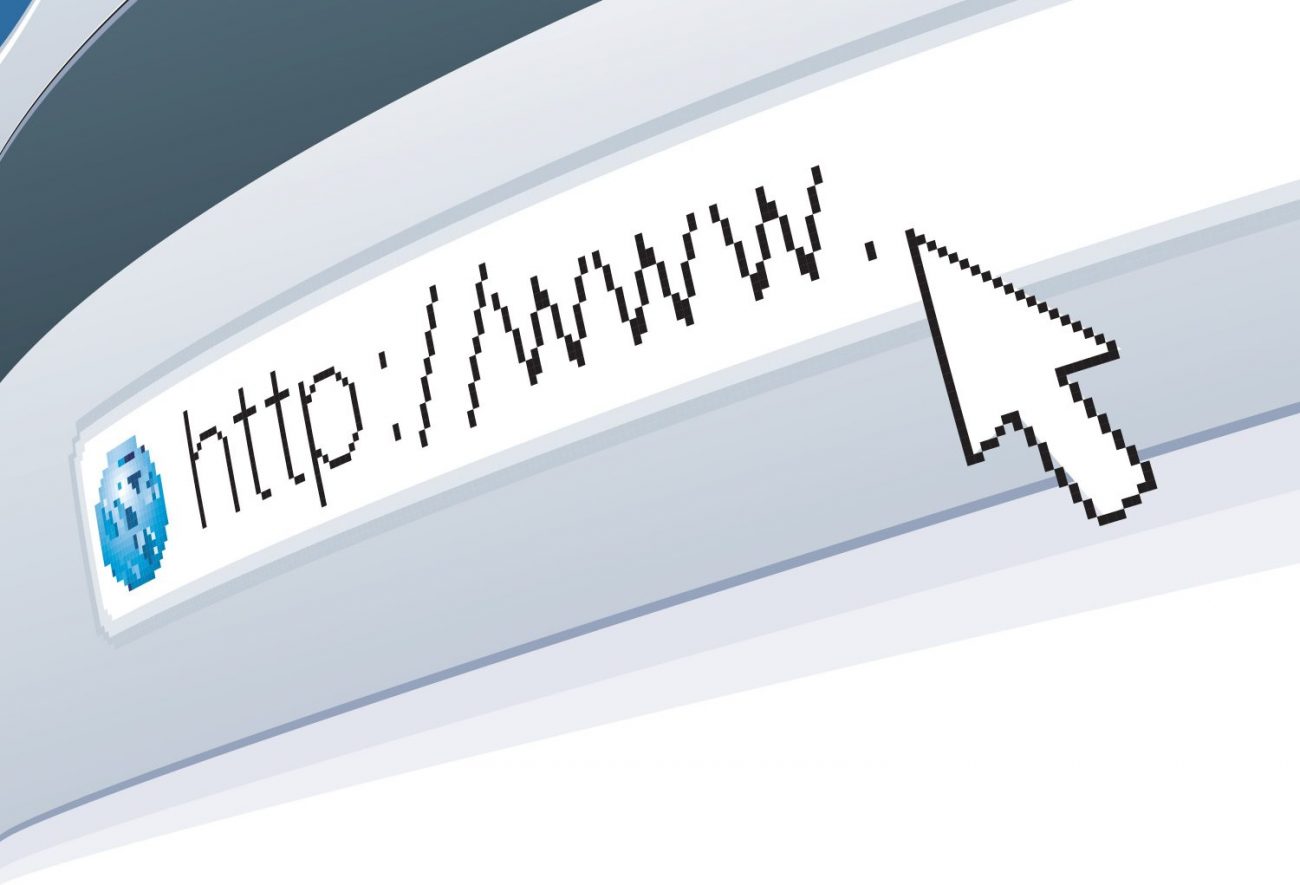
Creating fraudulent websites for legitimate companies is a common way for hackers to go phishing for victims, and they’re becoming better and better at fooling us. Google is taking steps towards improving internet security by changing the way that Chrome will identify a website, and being better at identifying and flagging sketchy URLs.

Google Chrome wants to change the URL to improve internet security.
Identifying a website
We’re all aware of the potential for phishing scams, and we try to look out for the most obvious red flags. However, the URLs that your browser uses to identify the websites you visit can be long and incomprehensible, making it hard for anyone to tell if it’s fraudulent or legitimate. Hackers will capitalize on this confusion, giving them plenty of opportunities to create malicious URL links that lead to a malicious phishing page.
Tiny URL
The tiny URL may look neater when we retweet or share on social media, but a tiny URL – or a short URL – is a random assignment of numbers and letters in place of the longer, more intelligible URL. It’s hard for anyone to decipher whether the tiny URL is a legitimate URL leading to a secure site, making it easier for hackers to dupe more victims.
Improving website identity

The easier it will be to identify legitimate sites, the harder it will be for hackers to be successful.
Google wants to make website identity much more transparent, changing the URL as we know it. If they can eliminate long and complicated URLs and make website identity more accurate and consistent, it will be much easier for us to maneuver securely on the world wide web. Google plans to be more efficient in flagging sketchy URLs and is working on software that will send a warning to users if they stumble upon malicious sites. The more simple it is to identify a legitimate website from a malicious site, the more secure we’ll all feel, and the harder it will be for hackers to succeed.
Let’s see how it goes; this is still a work in progress. While Google Chrome develops a new way of approaching website identity and URLs, talk to an expert at OnePointSync about securing your network.



